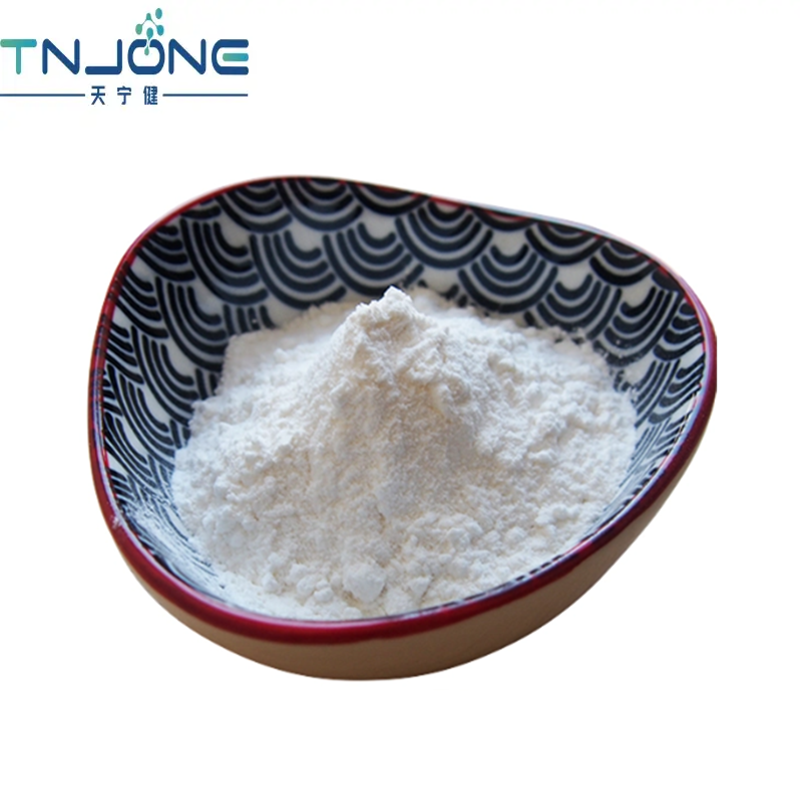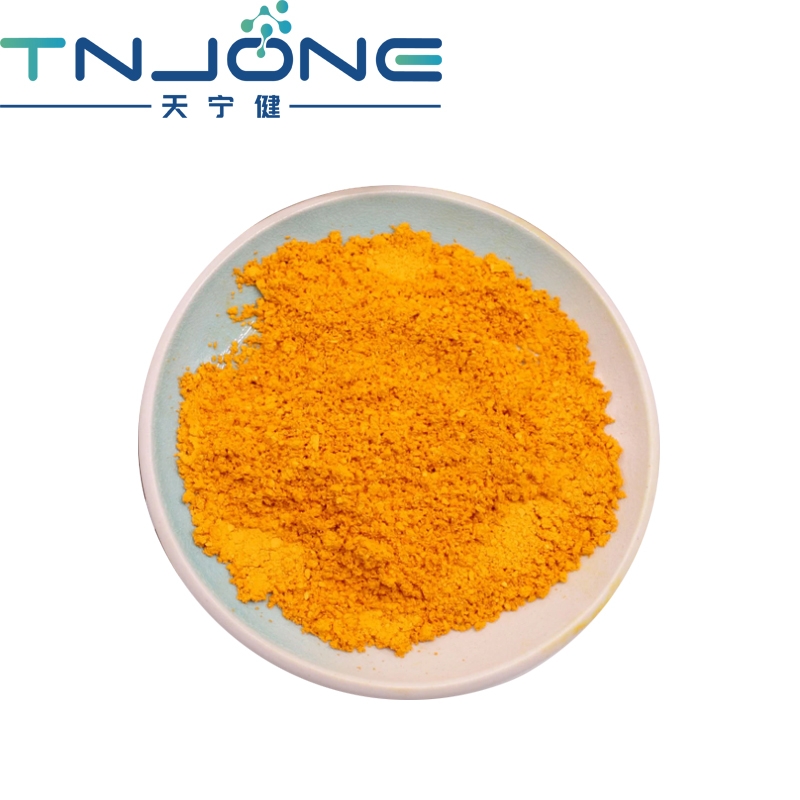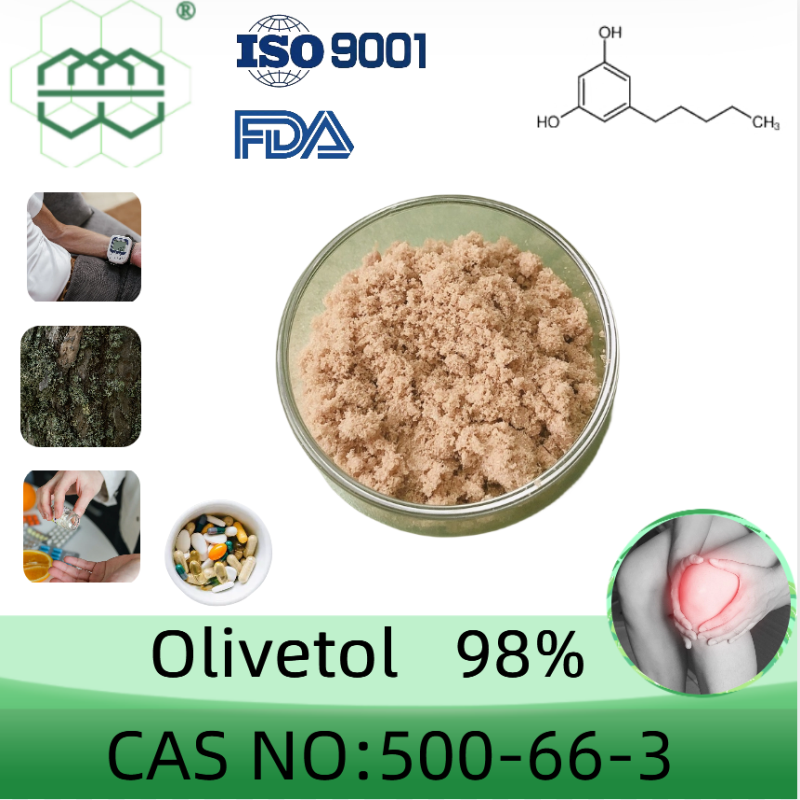-
Categories
-
Pharmaceutical Intermediates
-
Active Pharmaceutical Ingredients
-
Food Additives
- Industrial Coatings
- Agrochemicals
- Dyes and Pigments
- Surfactant
- Flavors and Fragrances
- Chemical Reagents
- Catalyst and Auxiliary
- Natural Products
- Inorganic Chemistry
-
Organic Chemistry
-
Biochemical Engineering
- Analytical Chemistry
-
Cosmetic Ingredient
- Water Treatment Chemical
-
Pharmaceutical Intermediates
Promotion
ECHEMI Mall
Wholesale
Weekly Price
Exhibition
News
-
Trade Service
Recently the Codex General Codex standard CXS 192-1995 for food additives on the official website of the Codex Alimentarius Commission was updated from the 2019 version to the 2021 version, and the Food Partner Network compared the 2021 version with the 2019 version in detail, and summarized the main changes in the regulations on the use of food additives for the industry's reference
.
.
01 New varieties of food additives have been added
Two new food additives, alkaline methacrylic acid copolymer (BMC) and Advantame in cereal products, salt, dairy products, edible ice, fruit products, candy, coffee and other foods
.
Table 1 describes the new additions
.
.
Table 1 describes the new additions
.
Table 1 adds regulations on the use of food additives in food
02 Expand the scope of use of food additives
There are 65 kinds of food additives that expand the scope of use, including gum arabic, aspartame-acesulfame salt, sodium sesquicarbonate, dibutylhydroxytoluene (BHT), silicon dioxide (amorphous), diacetyl tartaric acid and fatty acid glycerides, powdered cellulose, mannitol (mannitol), calcium silicate, etc.
, and the varieties of food additives that expand the scope of use are shown in Table 2
.
, and the varieties of food additives that expand the scope of use are shown in Table 2
.
Table 2 Varieties of food additives that expand the scope of use
03 Remove food additives available in some foods
Remove 12 food additives that are allowed in some foods, including alitame, aspartame, neotame, sunset yellow FCF, sucralose, saccharin, calcium saccharin, potassium saccharin, sodium saccharin, chlorophyll and chlorophyllin acid, copper complexes (copper chlorophyll, copper chlorophyll complex, sodium and potassium salts) and acesulfame potassium
.
The food additives removed in some foods are shown
in Table 3.
.
The food additives removed in some foods are shown
in Table 3.
Table 3 Part Food Additives Removed from Foods
04 Revision of maximum quantity requirements
The limit requires 5 kinds of food additives that are revised, including neotame, sucralose, carmine 4R (carmine A), iron oxides (iron oxide black, iron oxide red, iron oxide yellow) and sucrose glycerides
.
The limits before and after the revision are shown in Table 4
.
.
The limits before and after the revision are shown in Table 4
.
Table 4 limits the data requested for revision
05 Revise the Table 3 additives available for products in the product standard
Table 3 of the CAC food additive standard lists the food additives that can be used appropriately according to the production needs, the appendix of Table 3 stipulates the food categories that cannot use the food additives in Table 3 in the appropriate amount according to the production needs and the products that can only use the specific food additives in the table 3, and the food categories that can only use the specific food additives in the table 3 are the specific products
specified in the product standard.
specified in the product standard.
Compared with the 2019 version of the CAC food additive standard, the 2021 version adds 11 product standards
that can only use the specific food additives in Table 3.
The new product standards are detailed in Table 5
.
that can only use the specific food additives in Table 3.
The new product standards are detailed in Table 5
.
Table 5 adds product standards that can only use some of the food additives in Table 3
Summary
The above are the main changes
in the comparison between the 2021 version and the 2019 edition of the CAC General Codex standard CXS 192-1995.
In the future, countries, regions and organizations may refer to CAC food additive standards when formulating and revising food additive standards and regulations, and food-related enterprises can specifically check the 2021 version of CAC food additive standards if they need to understand the trend of food additive standards
and regulations.
Food Partner Network has disassembled the specific update data, if you need detailed data, please contact us.
in the comparison between the 2021 version and the 2019 edition of the CAC General Codex standard CXS 192-1995.
In the future, countries, regions and organizations may refer to CAC food additive standards when formulating and revising food additive standards and regulations, and food-related enterprises can specifically check the 2021 version of CAC food additive standards if they need to understand the trend of food additive standards
and regulations.
Food Partner Network has disassembled the specific update data, if you need detailed data, please contact us.







